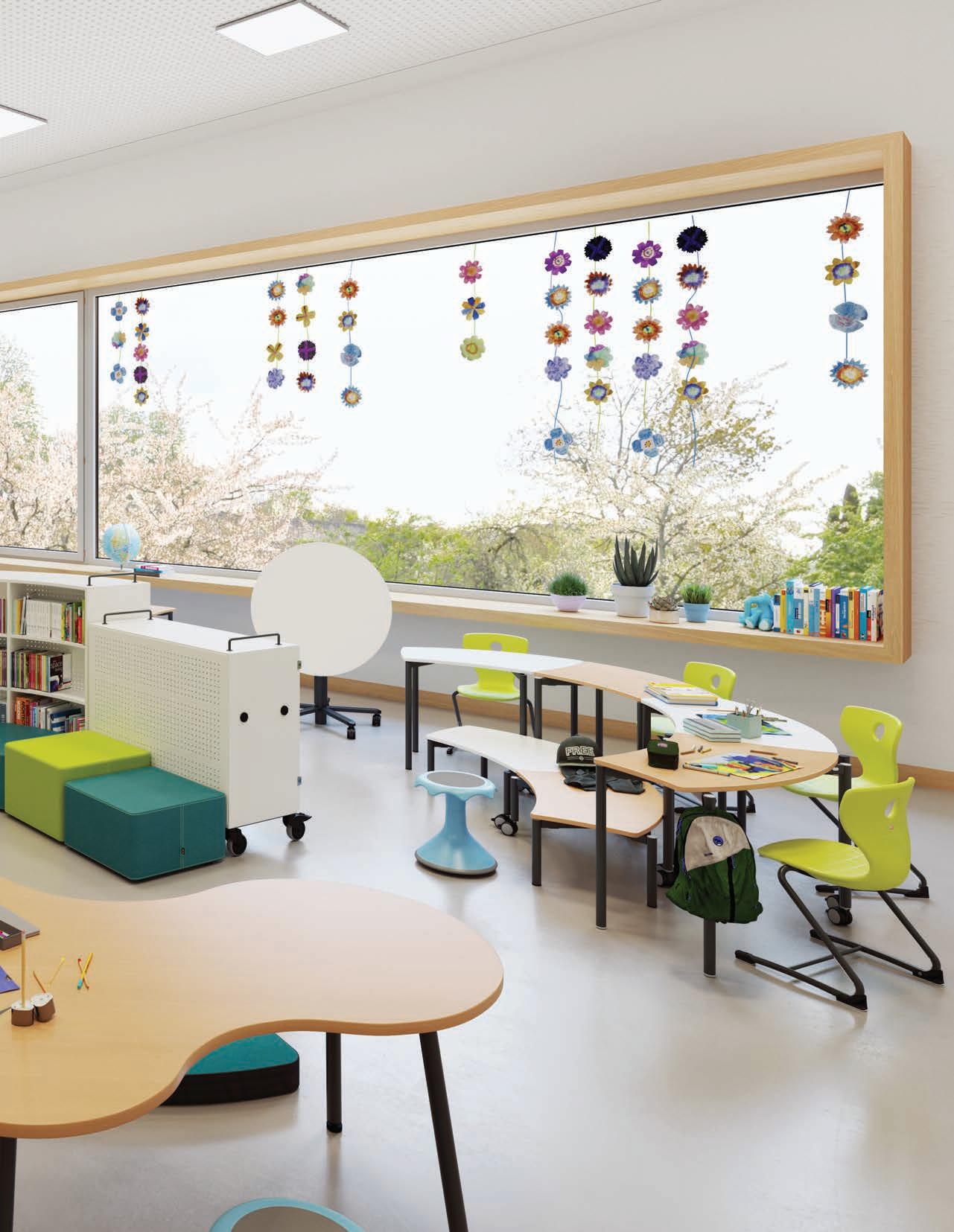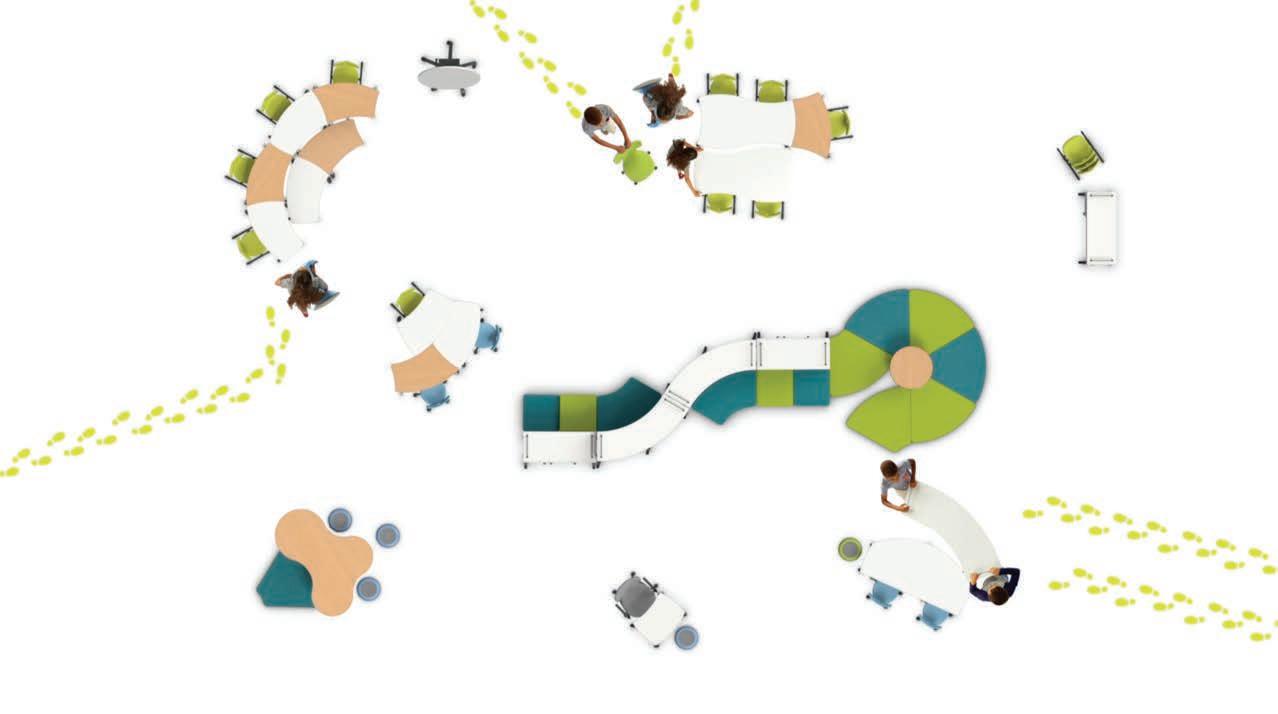
1 minute read
GUIDED MATH WORKSHOPS
Workshop teaching is an effective way to differentiate instruction for the wide variety of learners in the classroom. Guided math workshops is an example where students learn to take ownership of their daily math routines and develop self-directed learning skills.
Agile learning spaces allow students to quickly set-up and comfortably engage in math workshop model routines. It gives teachers more time for observing student progress toward mastering concepts and identifying students with misconceptions or gaps in understanding.
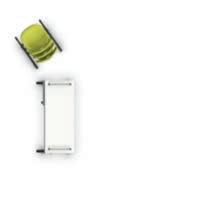
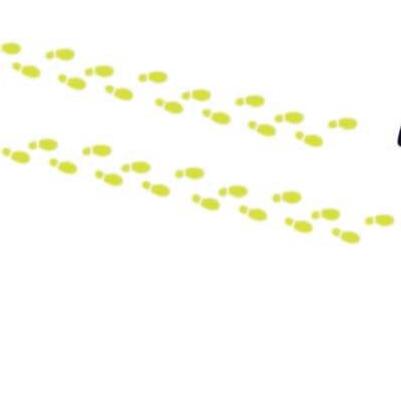
Flexible student combinations have the potential to relieve math anxiety and learning loss through differentiated groupings and one-to-one seating options. Tables that allow for standing are perfect for students working in groups, and fliptop tables can provide sound barriers. Mobile storage enables teachers to create zones and allocate resources and manipulatives to these zones.
Like reading, competence in mathematics depends on appropriate and practical instruction with many opportunities to share, actively apply concepts, and reflect using academic language. Agile learning environments with flexible seating options allow students to collaborate as mathematicians. They can strategize, reason, work, and communicate their understanding with peers and teachers. With flexible furniture, various math activities can happen simultaneously, with students easily moving around using writable surfaces to share thinking.
1.
Agile spaces optimize the learning environment and increase the opportunities to visualize the learning process.
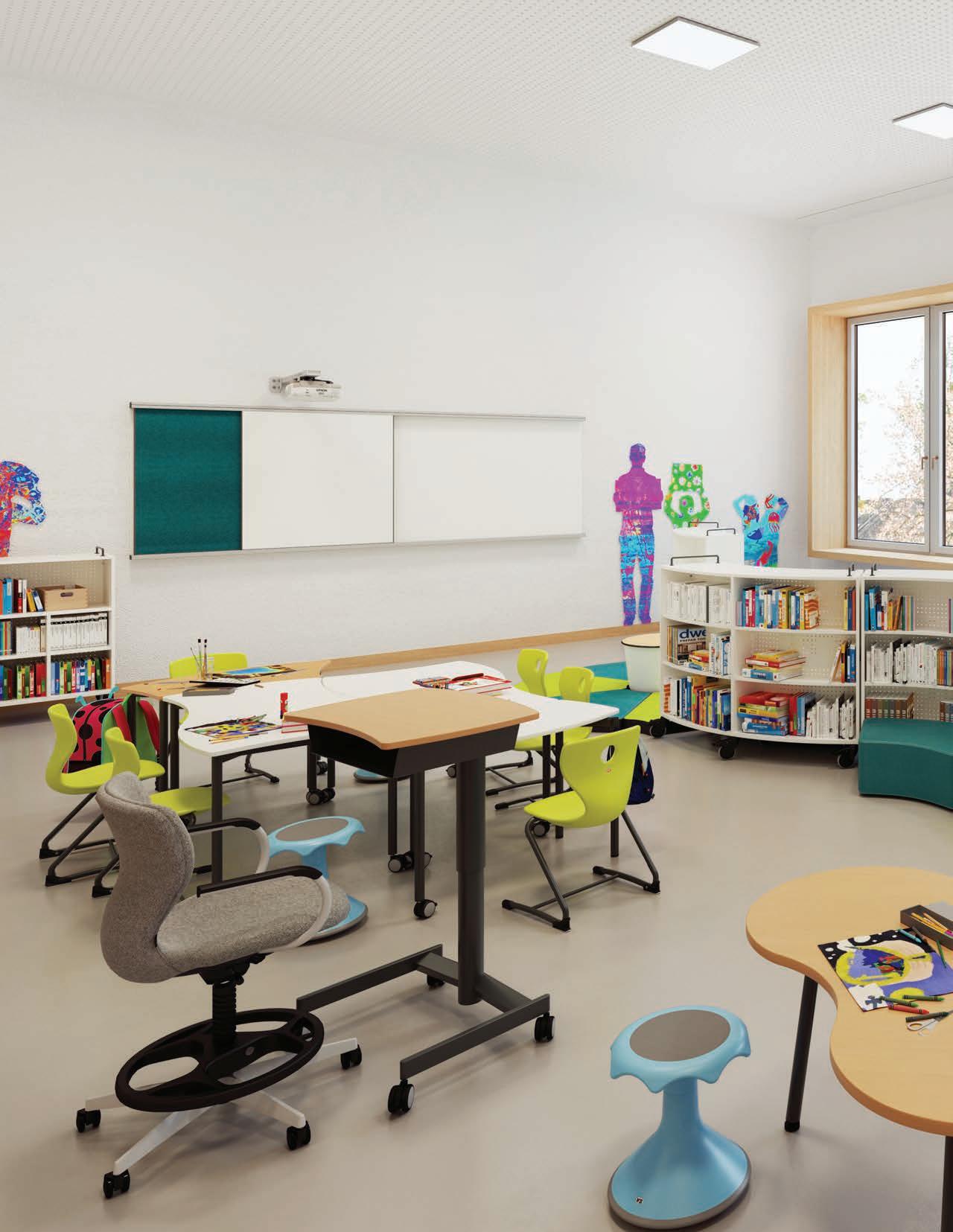
2.
Writable surfaces throughout the classroom give teachers a way to visualize, using academic language, expectations for each learning station. They also provide surfaces for students to express their procedural knowledge in writing.
3.
Working collaboratively with flexible standing, sitting, and floor options allow students to work through complicated and more conceptually difficult math problems, while the teacher moves around to observe and provide real-time support to each group.
4.
A mix of tables allows the teacher and students to simply rearrange the classroom space to take half of the students and dig deeper into the math lesson with a smaller group. The other half of the class participates in learning stations, and then the two groups switch.
